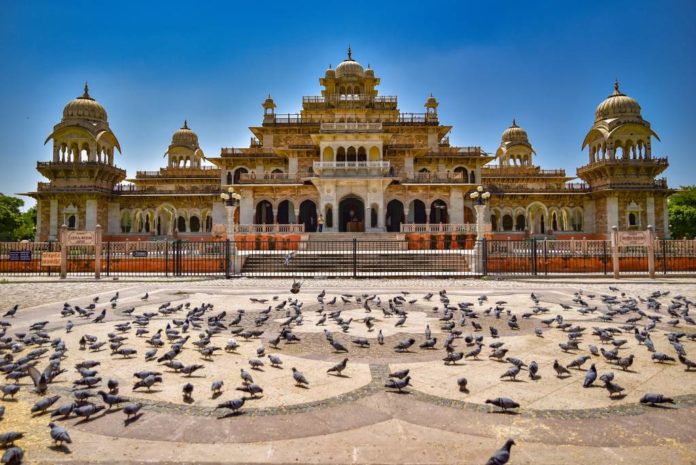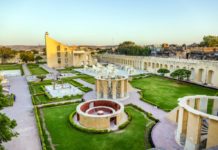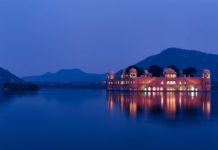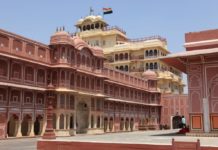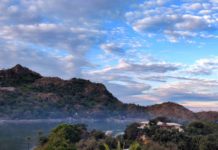Named after the Prince of Wales, Albert Edward who also put up the foundation stone in 1876, primarily an ambiguity about the purpose of the monument which later was decided to be converted into this maestoso museum in Jaipur.
The Albert Hall Museum, apart from being established as the state museum of Rajasthan state, is also the oldest one. Backed up with a fascinating setup history, this museum was at first set up in 1881 as a temporary one, which was later launched with a permanent mystic redefined venue. The Chief agenda of setting up the museum was to provide a platform to the talented craftsmen & artisans and educate the visitors with the historical events via art.
Meticulous History of the Albert Hall Museum
- As stated before in this article, the inaugural foundation stone was placed by Albert Edward (Prince of Wales) in 1876. After this event, several recommendations were considered for this venue’s purpose, including a town hall, education motive, or a building with cultural significance.
- Later in the year 1880, the suggestion provided by Dr Thomas Holbein Hendley a surgeon residing in Jaipur at that time was taken into consideration by Maharaja Sawai Madho Singh II of utilizing the area as a museum for exhibiting local industrial art by native craftsmen.
- Implementing the idea, an undersized temporary museum was layout in 1881. This initiative turned out to be a big success as the response from the visitors was decent, and it also generated employment that helped quite many people.
- In 1887 the immutable Albert Hall Museum was concluded as per the design of the Director of Jaipur PWD, Samuel Swinton Jacob. This structure’s stone ornamentations and captivating Indo-Saracenic architecture were highly praised by all.
Artefacts to Behold at the Museum
- Arms & Armour: Diverse weapons are exhibited in the museum including helmets, clubs, armours, arrows, bows, shields, javelins, and more than once belonged to Rajput, Hyderabadi, Mughal, Arab, Afgan, Turkish, Iranian.
- Metal Art: Dating back to the 19th century an assorted collection of vessels, figures, and salvers carved out of metals like bronze, zinc, silver, brass, and alloy.
- Sculptures: Ancient sculptures of Indian Lords inclusive of Shiva, Boddhisatva, Yakshi, Mahishasur Mardini, Chaturbhuji Vishnu, Ravananugrah Murti, Vaman Vishnu, Muni Suvarat Nath, etc.
- Pottery: Impeccable Pottery belonging to the 19th century from Bengal, Bikaner, Bhawalpur, Bulandshahr (Khurja), Bombay, Hyderabad, Sindh, Delhi, Multan, and Jaipur.
- International Art: Adding a bit of an overseas touch antique like the 11th-1st century B.C. Pharaonic antiquities, 322-30 B.C. Egyptian Mummy, replicas of Graeco-Roman, swords, Japanese dolls 19th century, Nepalese brass Buddha, and much more can be adored at the international gallery.
- Miniature Paintings: Tiny paintings of Panchatantra (Panch Aakhyan), Krishna Avtar Charitra, Bhagavata Gita, Rasik Priya, Veli Krishna Rukmani Ri, Geet Govind, Prithviraj Raso, etc.
- Ivory: Lady with a bird, Lady with a mirror, Man with a lotus, Gun Powderhorn, Man with Sarangi, Cow and calf, Dancing Lady, Statue of Shiva, are a few names of the antiques in this section.
- Musical Instruments: A collection of Indian musical instruments like Ravan Hatha, Shehnai, Bankia, Karana, Masak, Pungi, Dhap, and more.
- Jewellery: A mix collection of beautiful ornaments that were once worn by the peasants and royal citizens of Jaipur.
- Wooden Art & Furniture: Several wooden artworks in various types of woods including babul, jack wood, sandalwood, rohira, walnut, etc.
- Textiles: Alluring pieces of clothing with different kinds of work like gota work, embroidery, lace, Bandhish, Katodoria, etc.
- Coins: Ancient coins dating back from the 1st century used in mostly the Jaipur region.
- Carpet: Several carpets dating back to the 19th century, but the masterpiece is the Persian Garden Carpet 1632 A.D.
- Clay Art: Range of clay figures based on sociological themes, professional castes, yogic postures, traditional masks, and more.
- Miscellaneous: Including artefacts like Traditional Male Attire, Kanishka Coin, Carved Wooden Door, Carpet, etc.
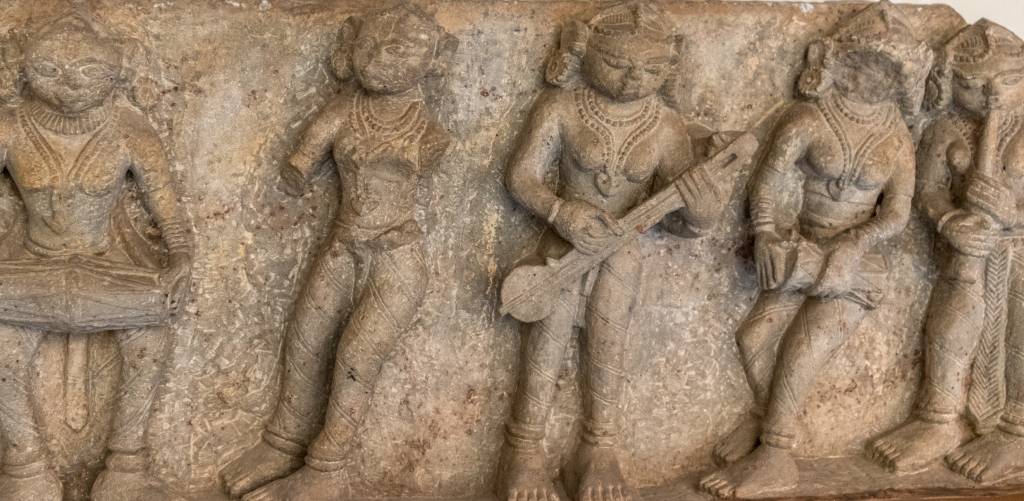
Entry Fee:
- Indian Visitor: Rs40
- Indian Student: Rs20
- Foreign Visitor: Rs300
- Foreign Student: Rs150
Timings:
The museum opens from 9:00 AM to 5:00 PM.
How to Reach the Albert Hall Museum?
The Merta Road Junction Railway Station is situated at an approximate distance of 2kms from the Museum; you can take a train and then walk towards the museum from the station. Accessible cabs and local buses are available that make frequent stops at this sight.
Nearby Places to Visit
- Moti Dungri Fort: When translated in English it means Hill of Pearls, this fort comprises of 2 temples and a palace. Sawai Maan Singh II wanted to provide it with a look resembling a Scottish Castle. Hindu devotees well preach the temple of Moti Dungri devoted to Lord Ganesha.
- Hawa Mahal: It was built by Maharaja Sawai Pratap Singh in 1799 to provide the royal ladies with abode to watch the royal processions back in the days. There is also a museum that displays various miniature paintings and historical objects.

